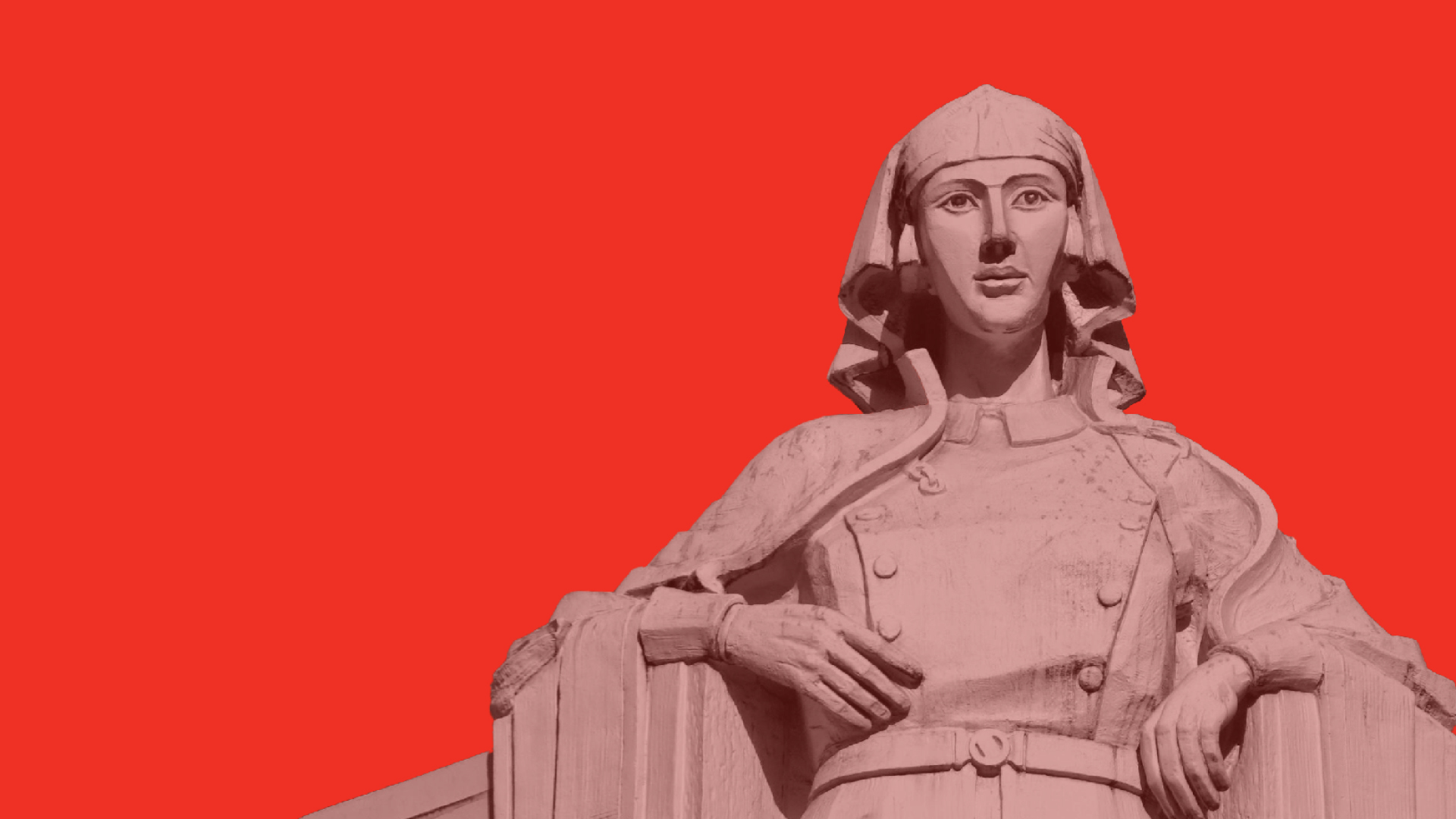
The impact of COVID-19 on Belt and Road Initiative infrastructure and construction projects
Publication | 6月 2020
Content
Introduction
Infrastructure and construction projects, some of which are part of the People’s Republic of China (PRC)’s Belt and Road Initiative (BRI) have, as one would expect, been largely halted by the COVID-19 pandemic. Disruptions to supply chains around the world, lockdowns and travel restrictions on foreign workers, especially Chinese workers who are commonly employed on BRI projects, are some of the main reasons for the project suspensions and slowdowns. Many of the BRI projects are in developing countries where controlling the pandemic driving the recovery may be more difficult than in more developed countries. Resumption of work in these countries will largely depend upon how quickly the infection curve flattens and availability of medical and health care resources.
The BRI
According to the OECD Report on China’s BRI in the Global Trade, Investment and Finance Landscape, the BRI covers over 100 economies and six economic corridors west from China, which “covers a large energy and resource-rich part of the world”. The COVID-19 pandemic is similarly far- reaching and has caused unprecedented global economic uncertainty. The six economic corridors are:
i. New Eurasia Land Bridge: involving rail to Europe via Kazakstan, Russia, Belarus and Poland.
ii. China, Mongolia, Russia Economic Corridor: including rail links and the steppe road, linking with the land bridge.
iii. China, Central Asia, West Asia Economic Corridor: linking to Kazakhstan, Kyrgyztan, Tajikistan, Uzbekistan, Turkmenistan, Iran and Turkey.
iv. China, Indochina Peninsula Economic Corridor: Vietnam, Thailand, Lao People’s Democratic Republic, Cambodia, Myanmar, and Malaysia.
v. China, Pakistan Economic Corridor (CPEC): Xinjiang Province (via Kashgar city) to the Pakistan port of Gwadar.
vi. China, Bangladesh, India, Myanmar Economic Corridor.
Monitoring the uncertainties
Parties involved in BRI projects, including employers, contractors and financiers, are actively monitoring the COVID-19 pandemic as the situation evolves in the different countries in which the key supply chains, labour resources and project sites are located. Complicating matters is the uneven application of lockdown measures across different jurisdictions. While manufacturing has resumed in the PRC and there is no longer a lockdown in many provinces, other countries and regions involved in the BRI are still under some form of government lockdown. Moreover, the nature and extent of the lockdown and related restrictions varies from jurisdiction to jurisdiction, and will continue to do so as COVID-19 spreads at differing rates across the region.
Force majeure – a Chinese approach
Unsurprisingly, when first faced with performance restrictions and obstacles brought about by the COVID-19 pandemic, parties will have first looked to whether a force majeure clause exists in their contract which can be invoked to protect against liability from non-performance of an obligation. The question then becomes whether the pandemic or government restrictions fall within the scope of the specific force majeure clause, causation has been established and whether notice provisions (sometimes worded as conditions precedent) have been complied with. Depending on the wording of the clause, a party may need to show that reasonable steps were taken to avoid the effect of the force majeure event.
In the Chinese market, to protect Chinese companies and assist them in dealing with disputes with foreign partners, the China Council for the Promotion of International Trade (CCPIT), a quasi-governmental body, has since February 2020 issued thousands of “force majeure certificates” to PRC companies. These certificates prove that the lockdowns took place in the specific province of the PRC and support a party’s claim of its inability to perform a contract. However, the value of such force majeure certificates outside China remains doubtful, particularly in common law jurisdictions where there is no doctrine of force majeure and force majeure is a creation of contract. Force majeure is therefore subject to the precise wording of the contract in question and the mere provision of a FM certificate by the government may not be sufficient to trigger force majeure rights.
The Supreme People’s Court of China has also released a “Guiding Opinion on the Proper Handling of Civil Cases”. Involving the Novel Coronavirus Outbreak in Accordance with the Law”. These contain directions to lower courts as to common issues in civil cases arising out of the COVID-19 pandemic, including force majeure claims as well as other contract disputes over performance.
Post COVID-19 – longer term implications
The long term impact of the pandemic on BRI projects is a real cause for concern. Various projects will face difficulty getting off the ground because of problems with financial viability as banks decide not to proceed with funding. Notably, a main source of funding for BRI projects is the Chinese development banks, the Silk Road Fund, the New Development Bank and the Asian Infrastructure Investment Bank. It remains to be seen as to whether these Chinese development banks are able to continue financing certain BRI projects the long term profitability of which has been compromised.
Ongoing projects will need to be rescheduled if critical path work streams cannot be commenced or completed in time based on current scheduling. Additionally, parties seeking to rely on force majeure clauses to deal with the impact of the COVID-19 pandemic and related government restrictions may also be looking at contractual termination as a commercial solution.
A broader issue is whether planned BRI projects will be able to come to fruition in the current economic climate. For instance, it was recently reported that, almost seven years after the CPEC was established, less than one-third of announced projects had been completed.
With the sustainability of financing for the BRI projects already posing a challenge and Chinese capital expected to be mobilised to first meet its domestic needs, the pandemic as well as its induced economic slowdown will be a further set back and may even be the death knell for some BRI projects.

International arbitration report
Subscribe and stay up to date with the latest legal news, information and events . . .


